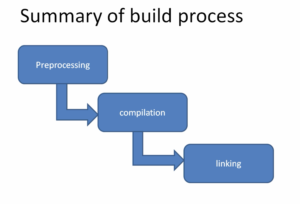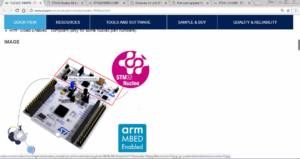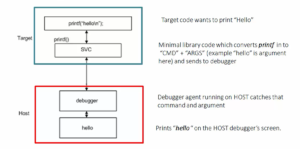Read method implementation
What is the Read Method?
The read method is a function that allows user-level processes to read data from a file or device managed by the kernel. It is commonly used for reading data from character devices, such as hardware peripherals or virtual files in the /proc and /sys filesystems.
Parameters of the Read Method: The read method typically takes the following parameters:
struct file *filp: This parameter represents the file structure associated with the file or device you want to read from.char __user *buff: This is the user-space buffer where the data will be copied after reading.size_t count: The number of bytes to read.loff_t *f_pos: A pointer to the current file position. It keeps track of where the next read operation should start.
How the Read Method Works:
Here’s a high-level overview of how the read method works:
In this article, let’s implement the read method.
Three important things you should be doing here.
One is you have to adjust the count, copy_to_user, after that, update the current file position. And after that, you have to return the appropriate information.
loff_t pcd_lseek(struct file *filp, loff_t offset, int whence)
{
pr_info("lseek requested \n");
return 0;
ssize_t pcd_read(struct file *filp, char __user *buff, size_t count, loff_t *f_pos)
{
pr_info("Read requested for %zu bytes \n",count);
/* Adjust the 'count' */
if((*f_pos + count) > DEV_MEM_SIZE)
count = DEV_MEM_SIZE - *f_pos;
/*copy to user */
}
/*update the current file postion */
return 0;
}
Adjust the count in read method
Adjusting the ‘Count’ Parameter:
If the current file position, how do you get the current file position by dereferencing this(*f_pos). Dereferencing of this pointer. Current file position + count.
If this(*f_pos + count) exceeds our maximum size of the device memory, that is DEV_MEM_SIZE, then you should trim the count value. Count will become count =DEV_MEM_SIZE minus the current file position. That’s how we limit the value of count.
Let’s say, initially, I said the file position is 0. Now, let’s say the count requested is 600 bytes. 600 is greater than 512. That’s why count will become 512 – 0.
And after that, copy_to_user. Here, we should use copy_to_user kernel function. First is always destination.
What is a destination?
This is destination user buffer. Buffer from the kernel space memory that is this pointer device_buffer from current file position. That’s why we have to use the current file position value.
From here, the requested number of bytes that is count. This could return non-zero values. That’s why you have to check the return value.
If this returns non-zero, then you should return -EFAULT, that is bad address.
/*copy to user */ if(copy_to_user(buff, device_buffer[*f_pos],count)){ return -EFAULT; }
Copy to user
And never use a single line commenting, that is a bad practice as per kernel programming guideline is concerned, always use multiline commenting.
After that, you have to update the current file position * of current file position += count. And then, you should be returning the number of bytes which have been successfully read. That is, you should be return count.
/*update the current file postion */
*f_pos += count;
pr_info("Number of bytes successfully read = %zu\n",count);
pr_info("Updated file position = %lld\n",*f_pos);Update the current file position
Let’s also print some messages. The above message(pr_info(“Read requested for %zu bytes \n”,count);) actually prints the actual count requested. What we can do is we can put one more print statement. Pr_info “number of bytes successfully read =%zu\n”, and let’s print count.
And also, let’s print the updated value of the file position.
Updated file position = what you should be using is, you should print this value(*f_pos). The data type is long offset. This is actually typedef for long, long int. This is signed data. So, for that, you should be using %lld.
As per the kernel documentation, you should use this format specifier for long long int \n. Let’s print this value * of file position.
And after that, let’s also print, the initial value of the file position. I would write And after that, let’s also print the initial value of the file position. I would write the current file position. That means, before reading. Current file position = %lld\n, file position That’s about read, and in the next article, let’s implement write, and after that, we will test this.
FastBit Embedded Brain Academy Courses
Click here: https://fastbitlab.com/course1



